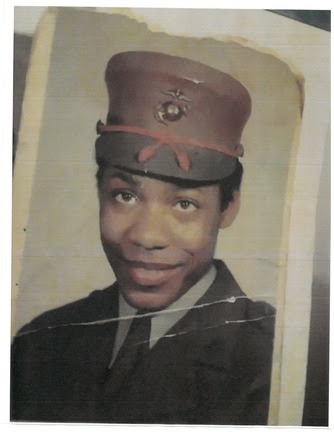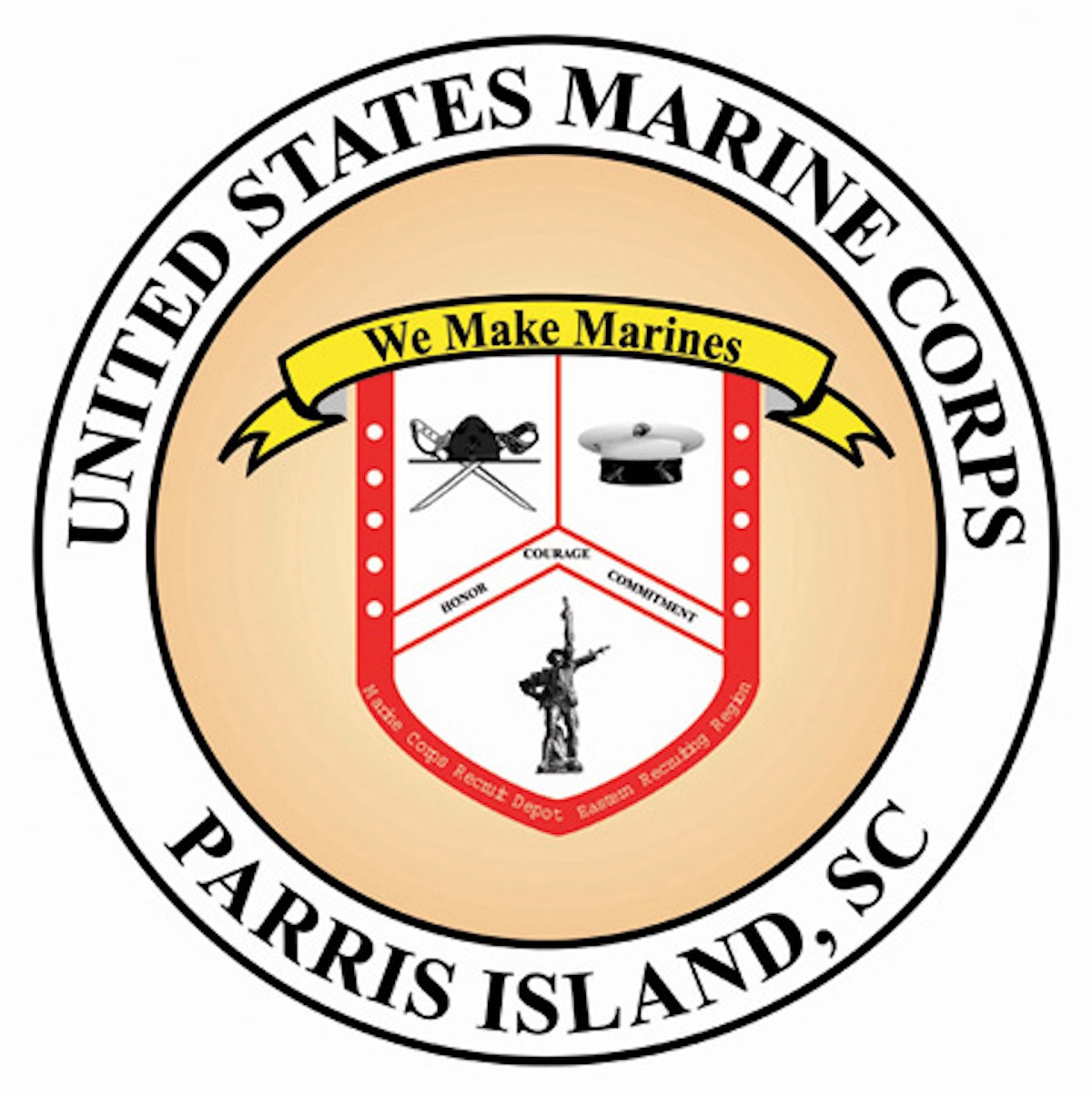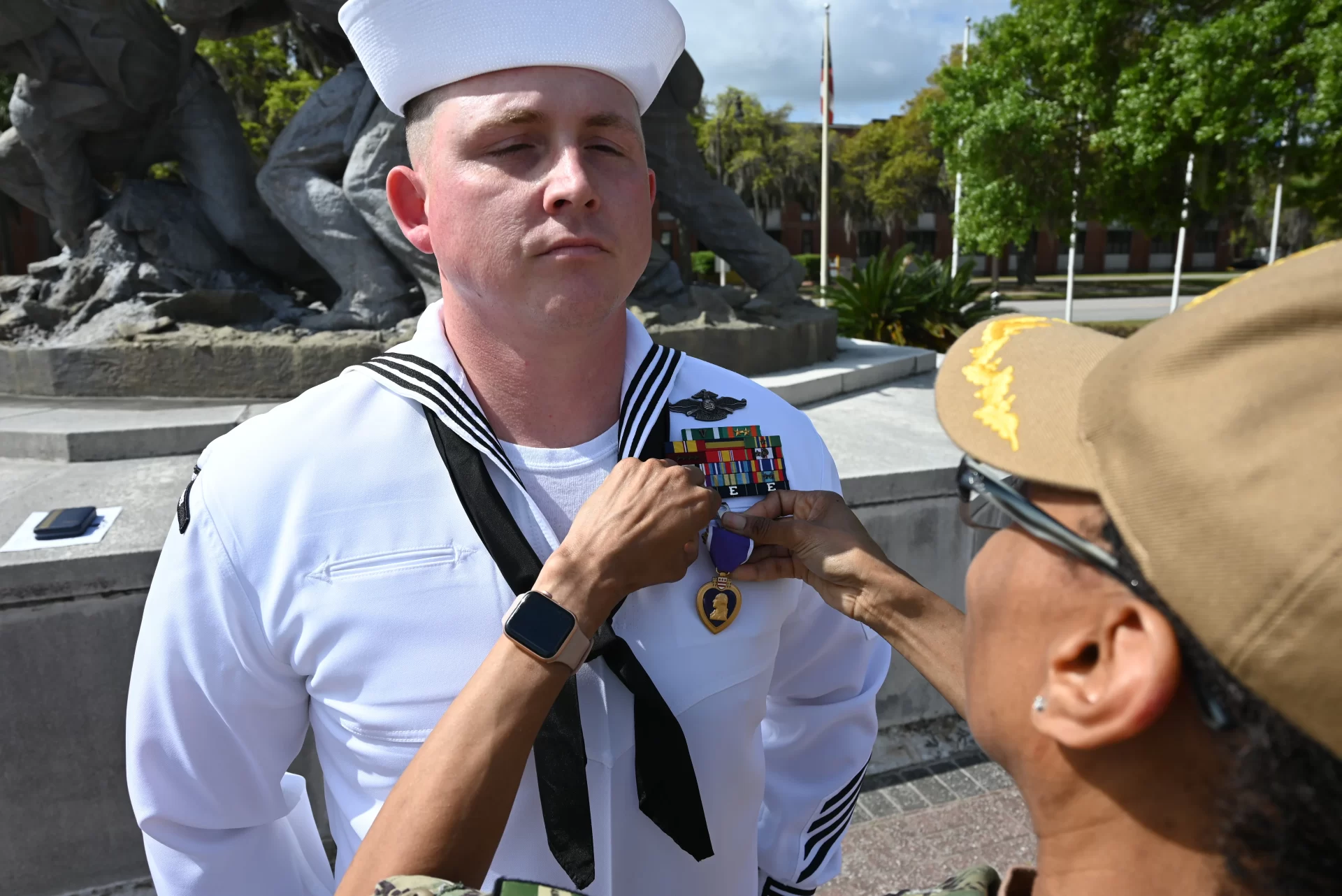By Larry Dandridge
Are you a veteran who cannot find evidence to support a claim for military service-connected disability compensation? Then, a Lay Witness Statement (also called a Buddy Statement) may provide the evidence you need to get the VA to award you a service-connected disability.
Editor’s note: This article is the first in a series of three.
The VA’s SITREP Lay Witness Video and Witness Statements
According to:
- The VA’s YouTube Video #theSITREP “Buddy Statement” for VA Disability Service-Connection (Statement in Support of a Claim)” https://www.bing.com/videos/riverview/relatedvideo?q=Buddy+Statement”+for+VA+Disability+Service-Connection, dated September 10, 2021, narrated by Paul Corbett;
- The VA’s webpage “About VA Form 21-4138 (Statement in Support of Claim)” webpage https://www.va.gov/find-forms/about-form-21-4138/; and
- The VA “About VA Form 21-10210 (Lay/Witness Statement, https://www.va.gov/find-forms/about-form-21-10210/,
If your military and other records lack sufficient evidence, the VA may consider outside sources that support your disability claim. A Lay Witness statement (sometimes called a Buddy Statement) can be the supportive document that helps your claim get approved. Lay Witness statements are written documents from someone who knows about the veteran’s illness, disease, injury, wound, scar, HAZMAT contamination/injury, noise exposure, burn, or trauma, and the resulting disability. A veteran’s spouse, other adult family members, friends, chaplains, coworkers, supervisors, employers, and fellow military members often write the statement.
Warning: The VA will not seek out buddy statements for a veteran or family member. If done correctly, Lay Witness statements can be powerful supporting information that the VA will consider credible evidence.
Missing documentation
Many times, it is possible that an event or injury that occurred during service was never documented because the veteran’s records were lost, destroyed (for example, the 1973 National Archives fire in St. Louis destroyed 18 million military files), or never existed.
Lay Witness statements are especially impactful for claims where medical evidence is incomplete or the nexus (connection) between the disability and military service needs further support. Lay Witness statements can make a difference in a claim for military sexual trauma (MST) because MSTs are not usually documented in a veteran’s service records.
Writer’s experience with missing military files and Lay Witness statements
The last time I was wounded in Vietnam was on March 28, 1969. My Huey helicopter gunship’s tail rotor exploded, causing a crash that seriously injured all four crew members, including me. My back was broken, my ankles were shattered, my right hand was broken, my left jaw was broken, my left jawline and neck were deeply lacerated (five-inch gash), my neck was severely whiplashed, and I suffered severe traumatic brain injuries. When I claimed service-connected disability for these wounds and injuries 37 years later, all were VA-approved except the lacerated neck and jawline and the resulting scar.
The reason the VA disapproved service connection for my laceration, scar, and resulting nerve damage was that those injuries were not documented in my military medical or military personnel records. On March 28, 1969, in Can Tho, Vietnam, the Emergency Room faced significant turmoil as my three crew members, other wounded individuals, and I were being treated concurrently for serious and life-threatening injuries.
Think of the television show MASH, with doctors, nurses, and medics running in every direction, in cramped conditions, shouting orders, amputating, clamping bleeders, sewing wounds up, and saving lives. Who had time for paperwork?
In the chaos of the Combat ER, my throat laceration was successfully cleaned up and sewn back together, my left jaw bone was wired back together, but the laceration, nerve damage, and repair were never recorded — so without other evidence like the three lay witness statements I got from fellow Army aviators who were there, I would have gotten no service-connected disability for the laceration, resulting nerve damage, and scar.
My daily migraines and PTSD from TBIs were also not documented during my military service because I avoided consulting a flight surgeon to prevent losing my flight status and piloting career. It was three Lay Witness statements that helped convince the VA to award me service-connected disability for PTSD and Migraines caused by TBIs.
What the VA is looking for in a Lay Witness statement
The veteran should explain to the Lay Witness that the VA is looking for a page or two that focuses on the injury, wound, illness, trauma, event, or hazardous material (HAZMAT) exposure/injury that caused the disability. The letter should tell the VA who, what, when, where, how the injury, illness, or event happened and how that has caused the veteran’s disability. The Lay Witness statement must be specifically crafted to address the claim and should provide comprehensive information, including the following details:
- The witnesses’ name, address, phone, email, and relationship (Battle buddy, spouse, etc.) to the veteran;
- Details about the incident that caused the injury or illness (Who, What, When, Where);
- Details about the injury, wound, illness, trauma, event, or hazardous material (HAZMAT) exposure (severity, frequency, and description of the injuries and symptoms);
- Details about how the injury or illness affects the veteran’s job, social, and personal life (including complaints, having to take breaks, use of cane, wheelchair use, medications taken, and symptom like snoring, gasping for air, startling awakenings, sleepy and tired all day, falling/tripping, limping, nightmares, nausea, crying, threatening suicide, rashes, hypervigilance, irritability, depression, anxiety, etc.); and
- Witness signature (Notarized if you use a simple letter).
Provide the witnesses with a written summary
It is wise to give the witnesses who offer to write a Lay Witness statement supporting your claim for service-connection (or individual unemployability) a written summary of your injury, wound, illness, trauma, event, or hazardous material (HAZMAT) exposure/injury and the resulting disability. Include a detailed description of the original injuries, trauma, or event, including your specific symptoms, frequency, type (stabbing, sharp, dull, burning, etc.), and pain level from 1 to 10. Include in the summary your military unit and the date, time, and location of the original injury, wound, trauma, illness, or event.
VA forms or letter
Use VA Form 21-4138, “Statement in Support of a Claim”; or VA Form 21-10210, “Lay Witness Statement”, or a (notarized) Letter to the VA to provide a Lay Witness statement. The statement must be notarized if it is just a “letter” because the VA REQUIRES that the person writing it swear their testimony is the truth.
Continued next week.
Larry Dandridge is a Vietnam War wounded warrior, disabled veteran, ex-Enlisted Infantryman, ex-Warrant Officer Pilot, and retired Lt. Colonel. He is a past Veterans Service Officer, a Patient Adviser at his local VA Hospital, a Fisher House Charleston Good Will Ambassador, and the past VP for Veteran Affairs for his local Association of the US Army (AUSA) and Military Officer Association Chapters. Larry is also the author of the award-winning Blades of Thunder (Book One) and a contributing freelance writer with the Island News. Contact him at LDandridge@earthlink.net or 843-276-7164.







